Best cheap phones in Australia 2025: Top budget-friendly handsets you can buy
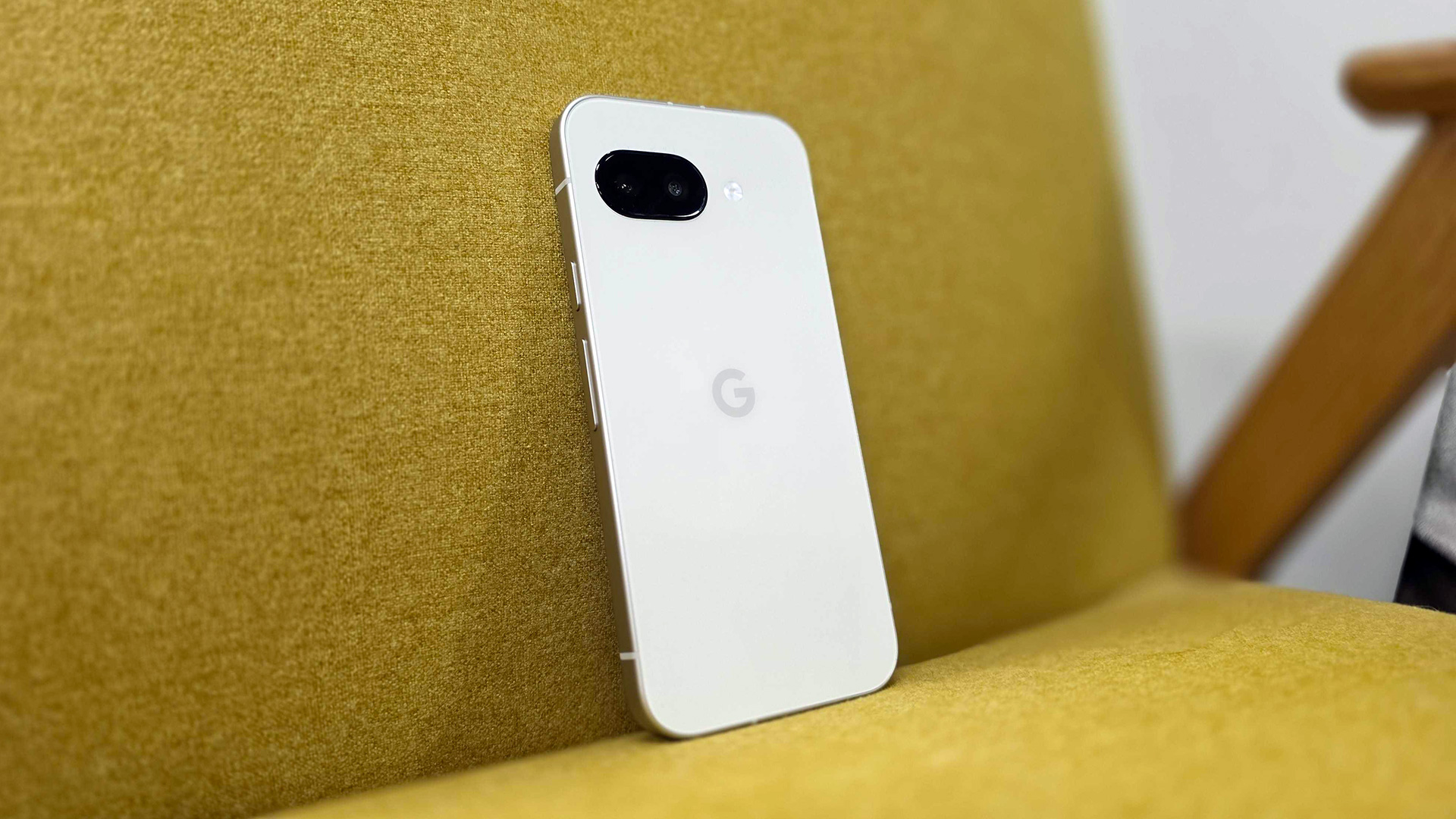
When choosing the best budget phone, it's important to focus on the features that matter most to you. While cheaper devices may not include all the premium features of flagship models, many affordable options still offer a solid and reliable smartphone experience.
An affordable handset can still offer all the essential features we expect from today's best phones, like making calls, sending texts, browsing the web, taking photos and even playing games. However, the price difference often reflects how well it performs these tasks.
While it's true that budget smartphones have come a long way in the last few years, some may prioritise certain features over others. That means you should expect some trade-offs — you won’t always find the most powerful processors, 120Hz displays or versatile zoom cameras.
That said, you'll likely be surprised by what today's more affordable phones are capable of. Below you'll find a list of the best cheap phones in Australia for 2025. Whether you're looking for an Android or iOS device, every smartphone on this list is priced under AU$750, which is less than half of what you'd pay for a current flagship phone in 2025. Read on to find out why we've chosen these particular models.
The Quick List
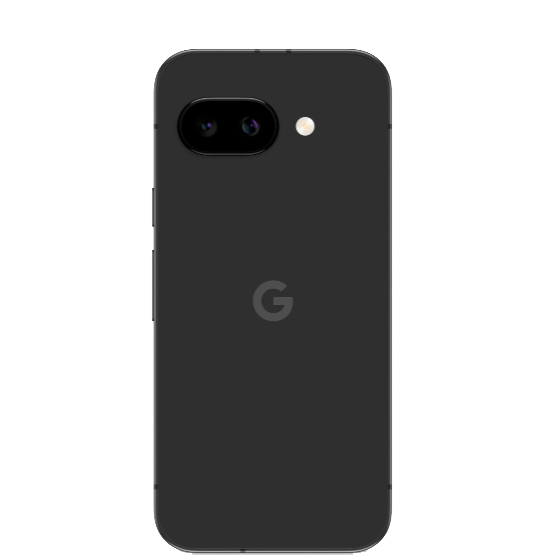
There's plenty to like about the Pixel 9a, offering a flagship-level chipset and robust AI features at an entry-level price point. Simply put, the Pixel 9a is a better proposition than the standard Pixel 9.
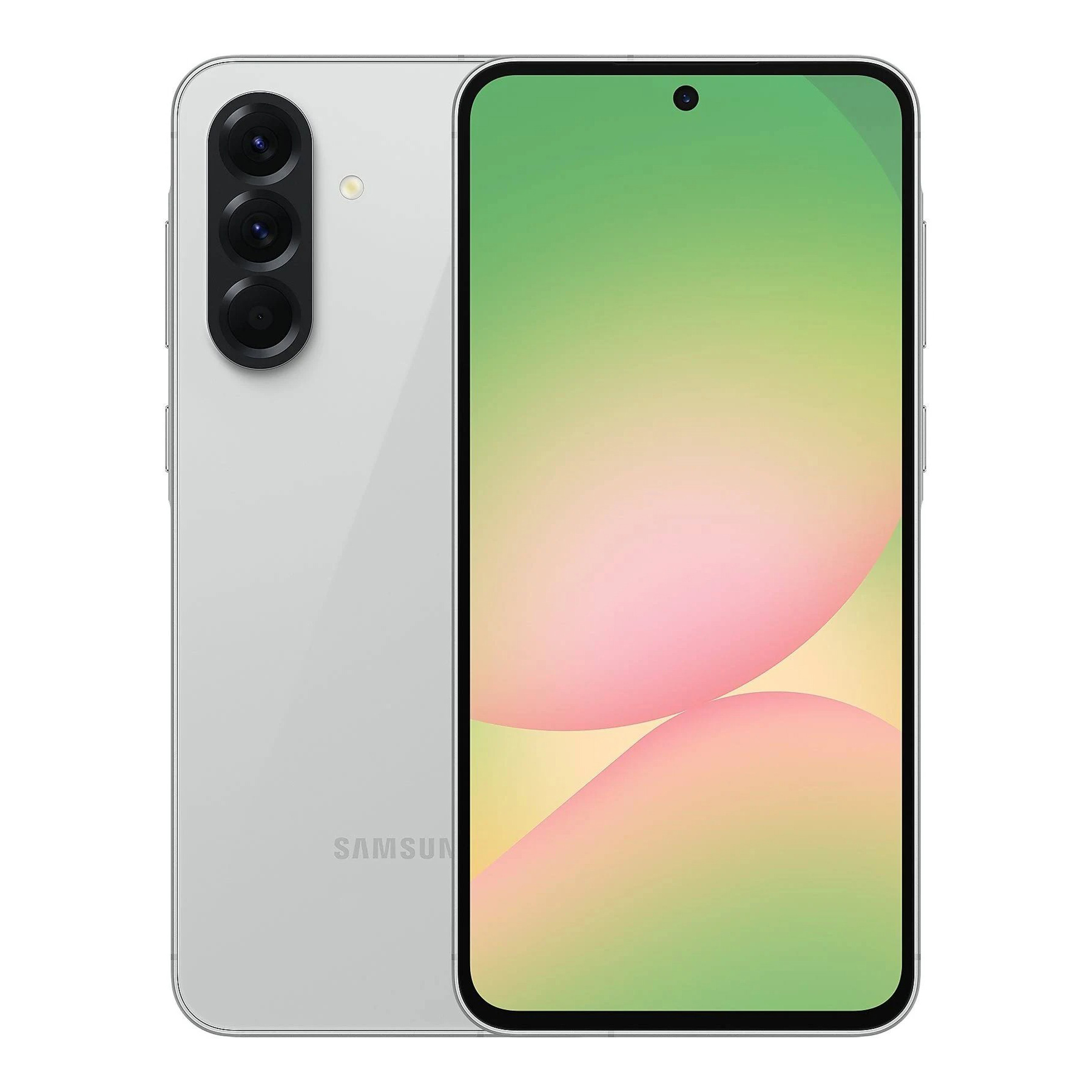
Also Consider
Samsung delivers yet another premium-feeling cheap phone, boasting an attractive display, good cameras, more AI features and a price that's hard to argue with. It's not quite as good as the Pixel 9a, but it's significantly more affordable.
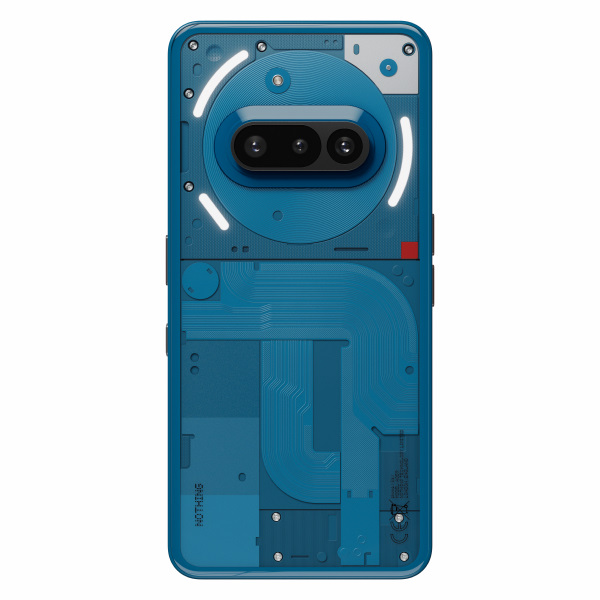
Good phones aren't normally as good as the Nothing Phone 3a, which retains the distinctive design and Glyph interface that the series is known for, alongside a solid display, battery life and cameras. All for AU$599.
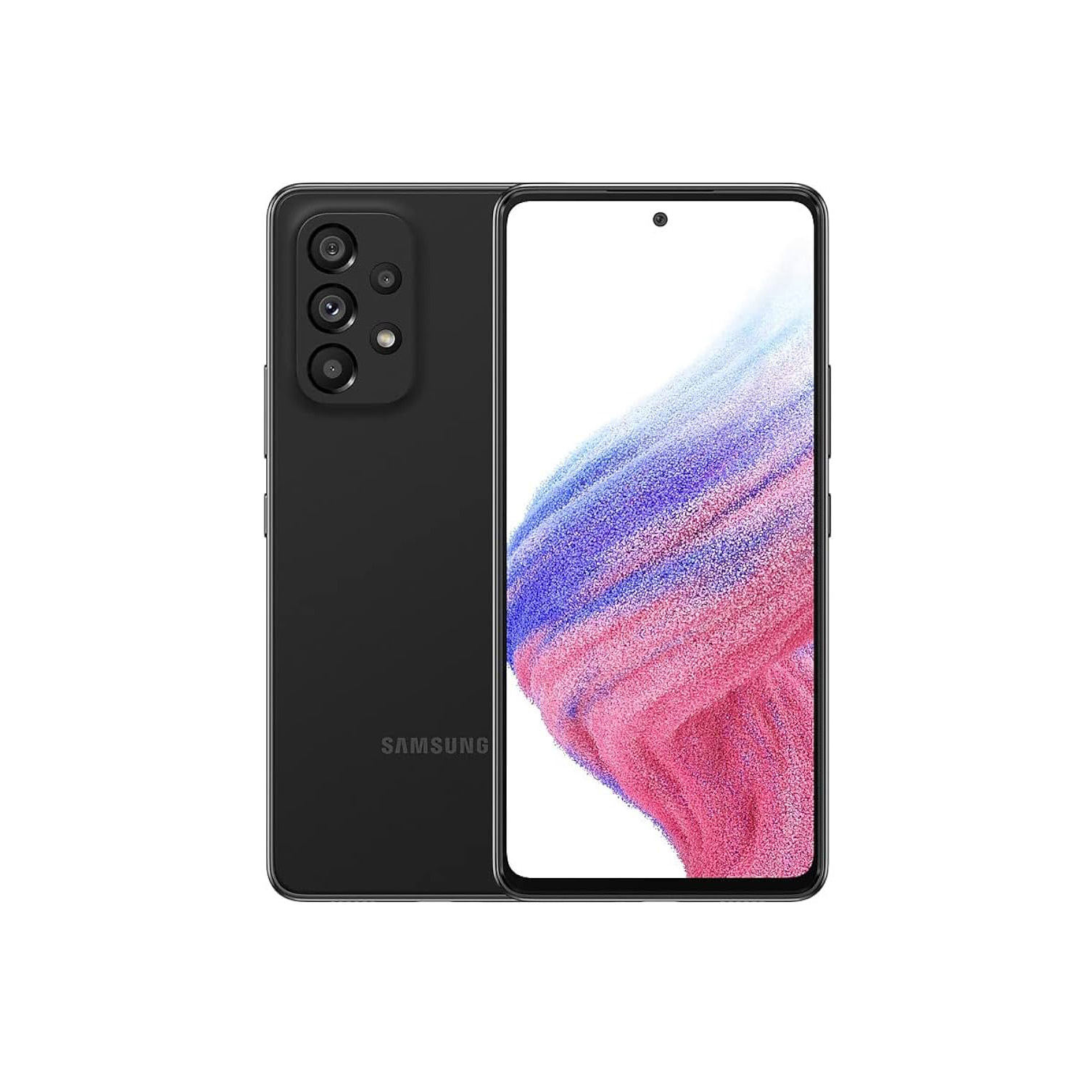
Still worthy
It may have been superseded by Samsung's Galaxy A54, but the A53 5G is still better than most phones in its price range — especially now that you can find it at a discount.
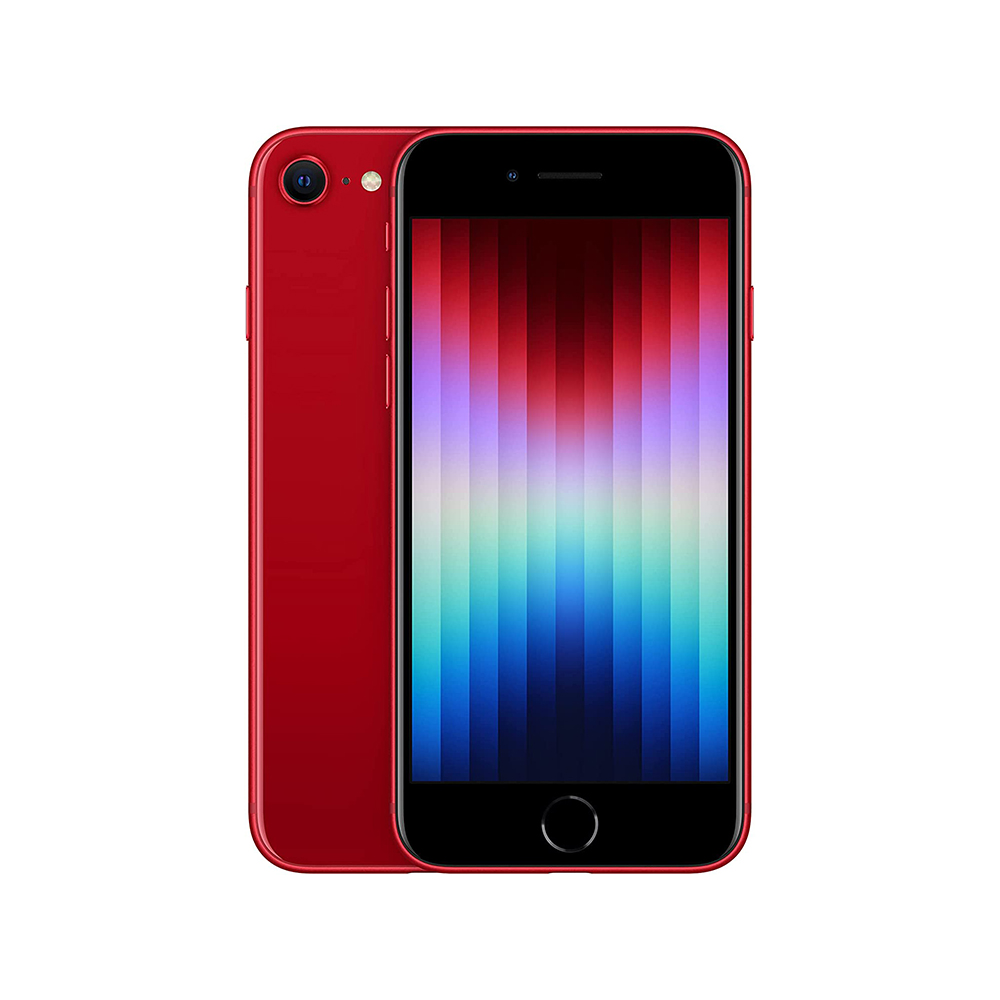
Best cheap iPhone
Don't let its small size and age fool you because the iPhone SE (2022) packs a punch for what it can do. It's responsive, has good camera, and is relatively cheap for an Apple device.
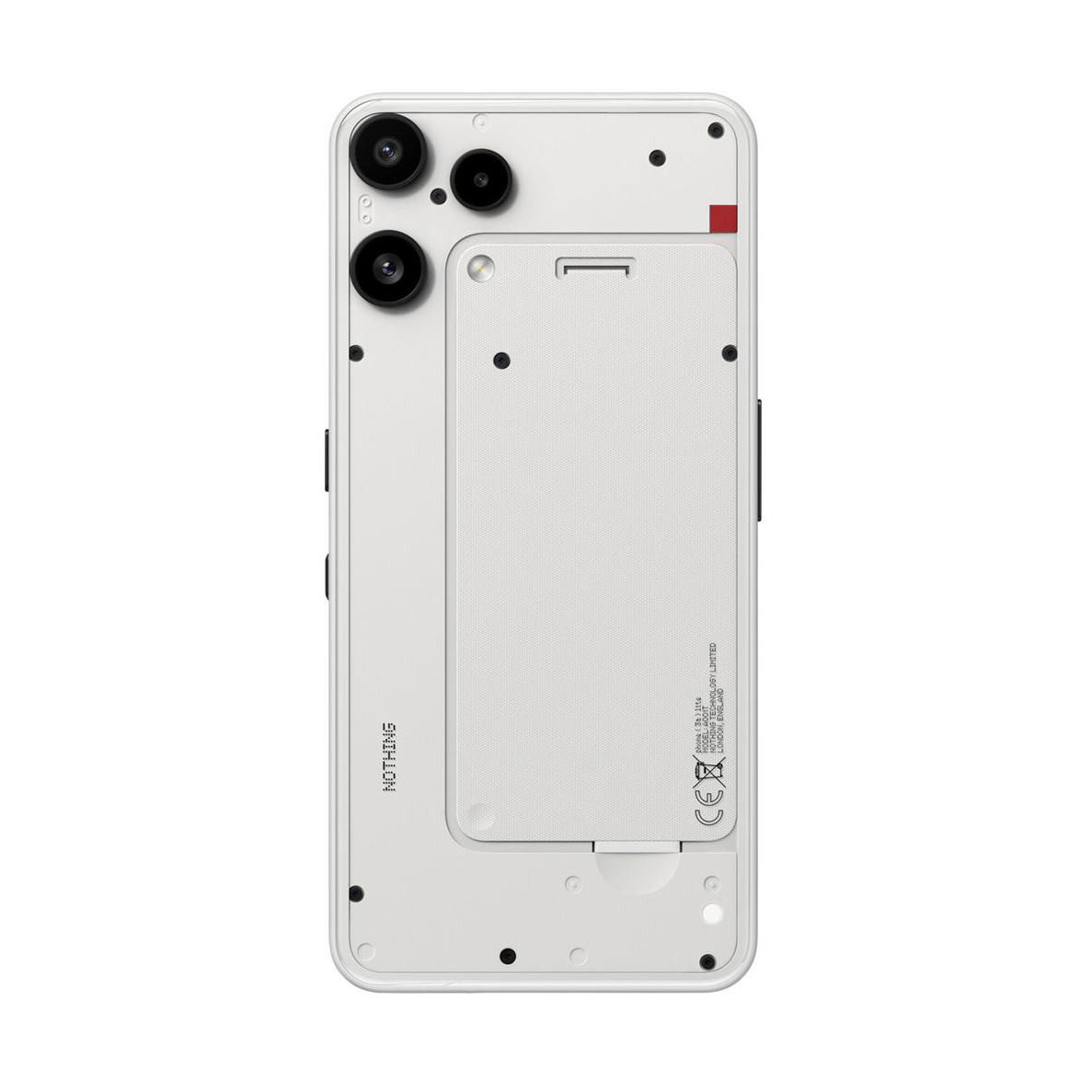
Most unique cheap phone
The Phone 3a Lite offers the most affordable entry-point to the Nothing brand, offering great battery life and decent performance, along with a stylish design. That said, it feels cheap.
The best cheap phones you can buy today
Why you can trust Tom's Guide
Best cheap phone overall
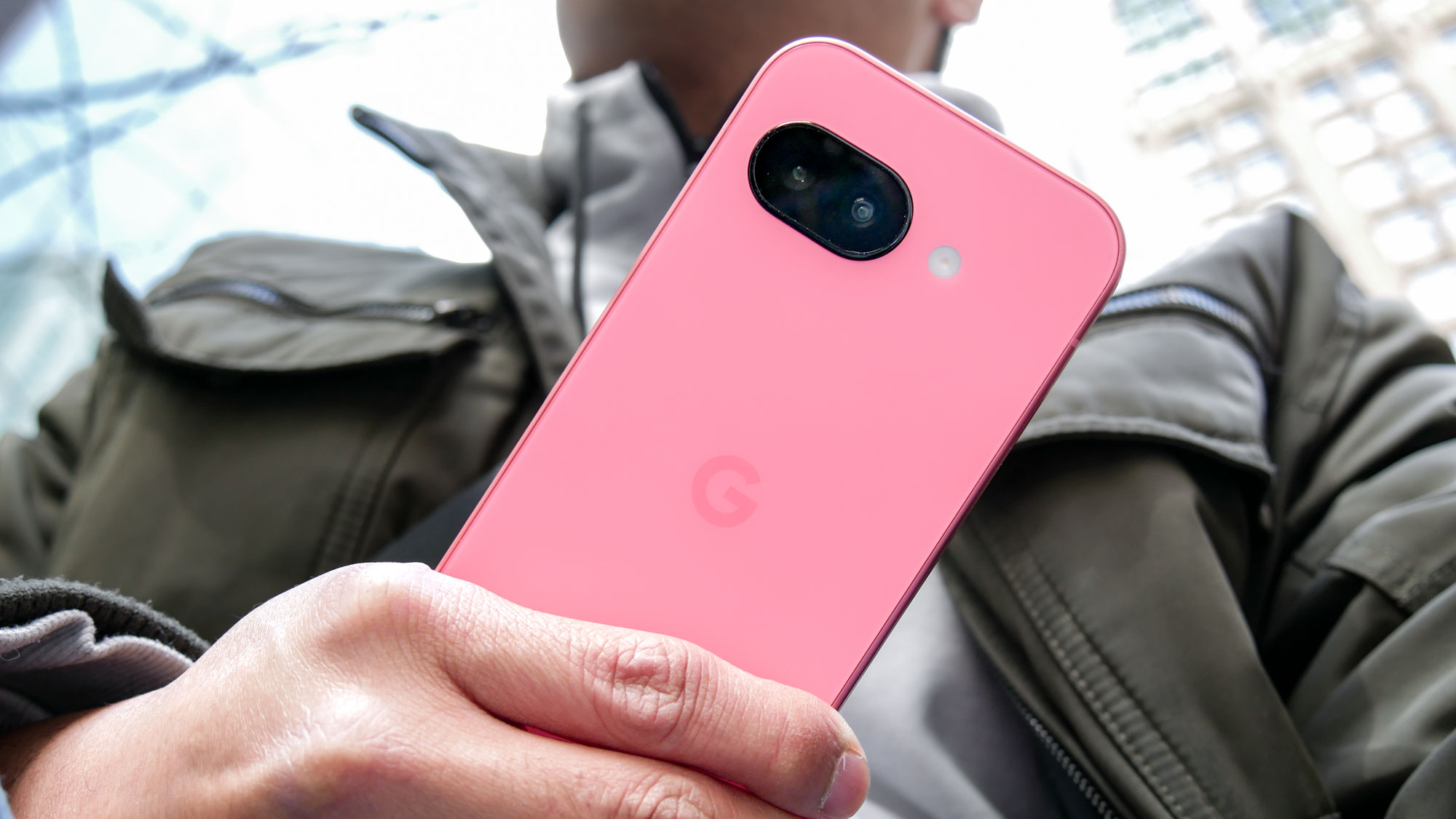

Specifications
Reasons to buy
Reasons to avoid
Google's done many things right with the Pixel 9a. Not only does it offer significant improvements over the Pixel 8a, Google's also kept the price the same. In an age where price hikes are increasingly common, it's refreshing to see a phone this feature-rich sell for under AU$850.
Google has equipped the Pixel 9a with nearly all the AI capabilities present in the broader Pixel 9 lineup, outside of a few features like Screenshots and Call Notes, but for the most part, all the really important stuff is here.
That means you can expect Gemini Live, Pixel Studio's image generation and Reimagine to name a few. Plus all the features we've seen on older models, like Magic Editor and Best Take — all thanks to the same Tensor G4 chipset that powers the rest of the Pixel 9 lineup.
While the design is simple, it's incredible to see that Google has reduced the camera bump to almost nothing. Additionally, its dual cameras are far more capable than their specs let on when combined with Google's cloud-based image processing.
Succinctly, we don't see any reason to buy the regular Pixel 9 over this cheaper alternative. Not only is it the best cheap phone, but it's also one of the best Android phones as well.
Read our full Google Pixel 9a review.
Runner Up
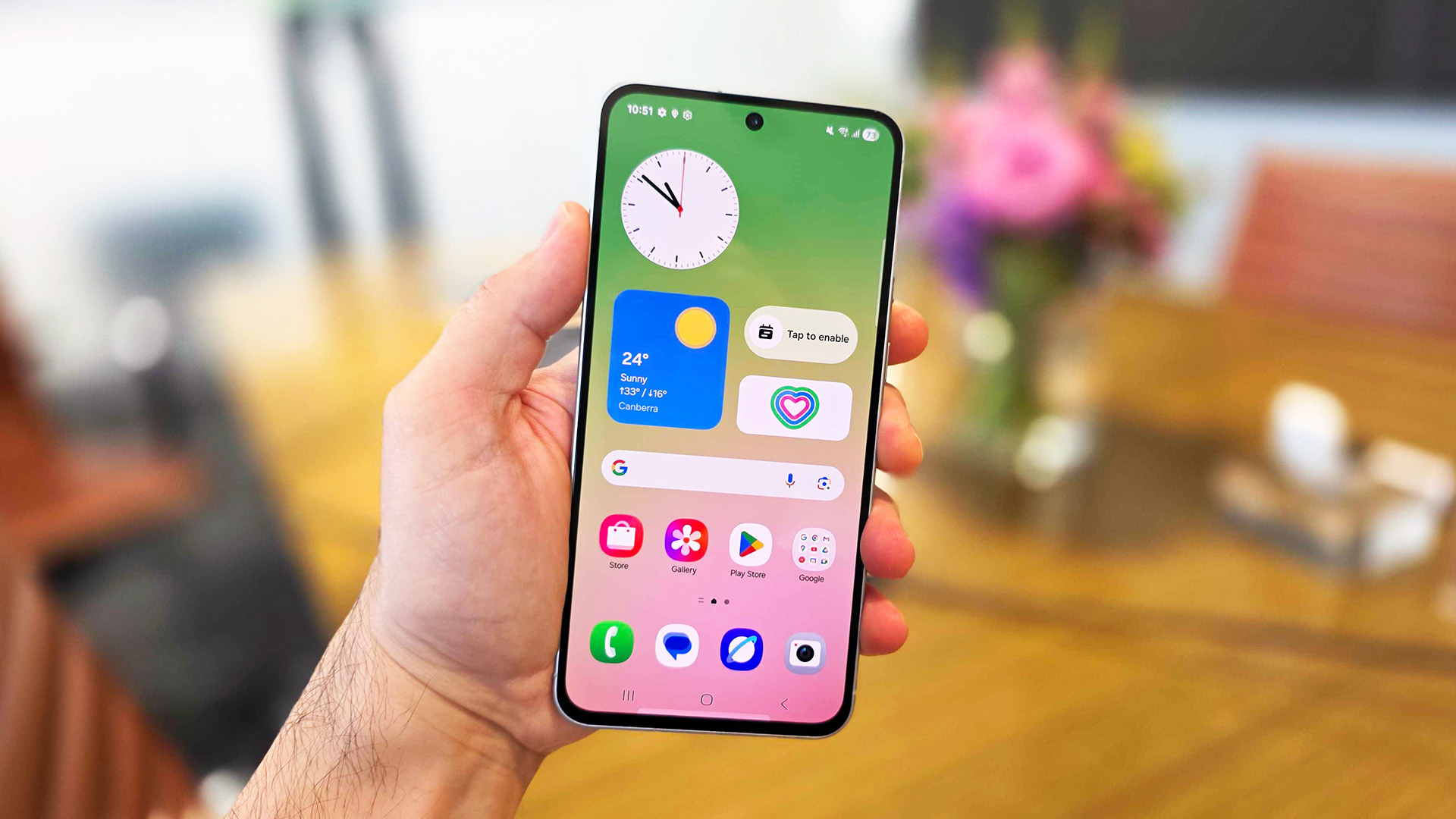
Specifications
Reasons to buy
Reasons to avoid
Samsung's affordable A-series handsets have a lot more competition than they used to, but they arguably can't be beaten from a value standpoint.
Sure, Google's Pixel 9a is more advanced, particularly when it comes to AI features, but the Galaxy A56 looks and feels more premium, boasting a stunning 6.7-inch display with adaptive 120Hz refresh rate and slim bezels.
The Galaxy A56 features an impressive triple-camera system, highlighted by a powerful 50MP main sensor and complemented by a 12MP ultra-wide sensor and 2MP macro sensor. That's remarkable for a phone that can be found for under AU$500 these days.
Read our full Samsung Galaxy A56 review.
Best cheap phone design
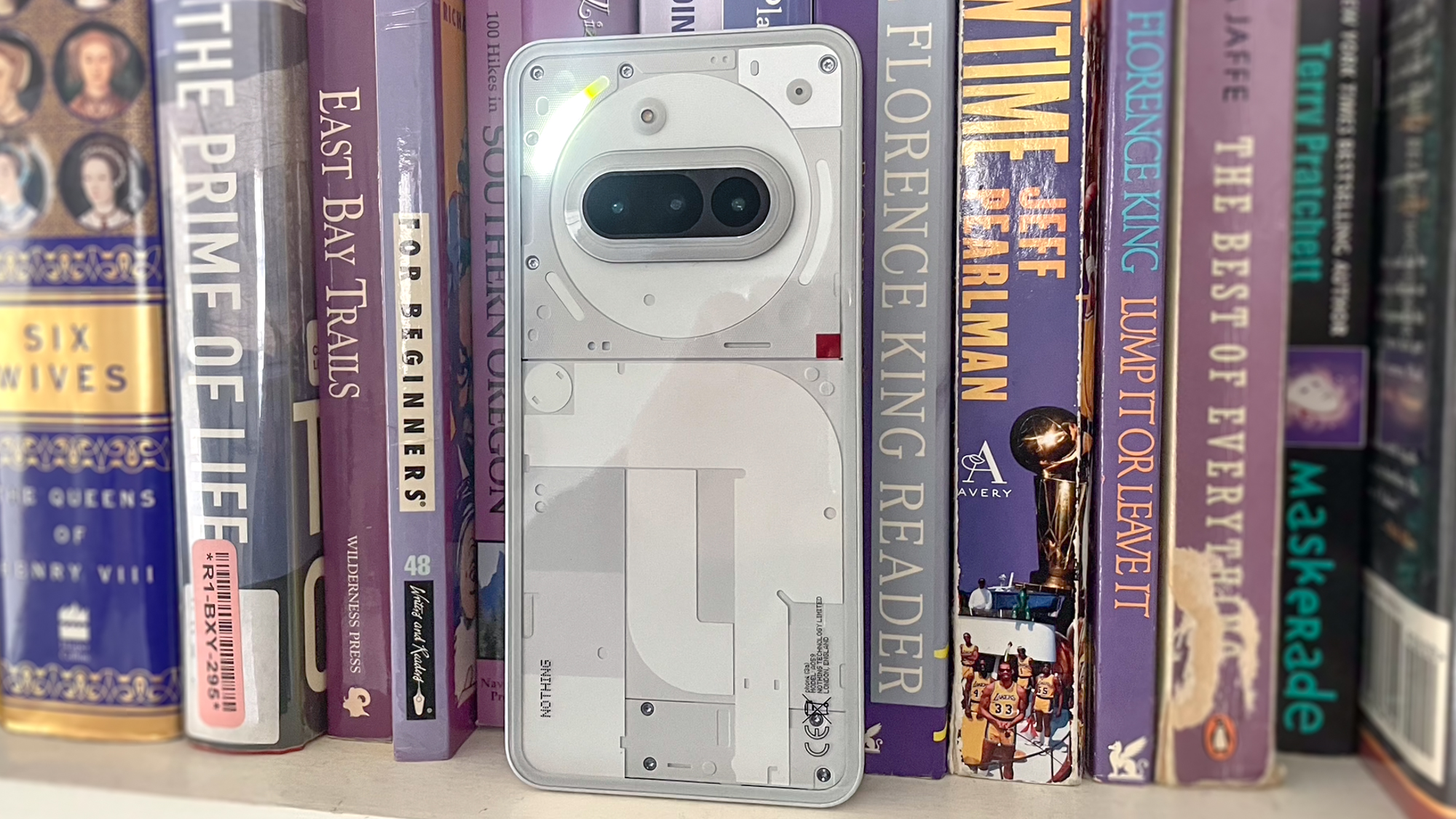
Specifications
Reasons to buy
Reasons to avoid
Who says that you have to sacrifice looks for a cheaper price? The Nothing Phone 3a still delivers the stylish translucent look and helpful Glyph interface as its other siblings, but packages in more features.
My colleague, Philip Michaels, praises its bright and crisp 6.7-inch AMOLED display, which offers an adaptive refresh rate up to 120Hz, as well as how long this phone lasted on our battery test.
With a price of AU$599, it packs a gorgeous design and some big improvements around its camera system, which now includes a dedicated telephoto camera with 3x optical zoom. Best of all, you can often find it cheaper than its RRP.
Read our full Nothing Phone 3a review.
Still worthy

Specifications
Reasons to buy
Reasons to avoid
If the fact that there are newer models out there doesn't sway you, then you may want to give Samsung's Galaxy A53 a shot. This great mid-range handset had an RRP of AU$549 for the 128GB model at launch, and can often be found way cheaper than that these days. It also does just about everything well enough. It has a nice 6.5-inch AMOLED display with a 120Hz refresh rate, supports 5G speeds and has a large 5,000mAh battery (our Pixel 6a vs. Galaxy A53 face-off goes into greater detail on the differences between these best cheap phone contenders for Android fans.)
Of course, the cameras could be better, especially in light of the Pixel 6a. However, they do just fine if you're okay with Samsung's characteristic oversaturated look. The performance won't wow you like the iPhone SE (2022), but it's good enough for most daily tasks.
Read our full Samsung Galaxy A53 5G review.
Best cheap iPhone
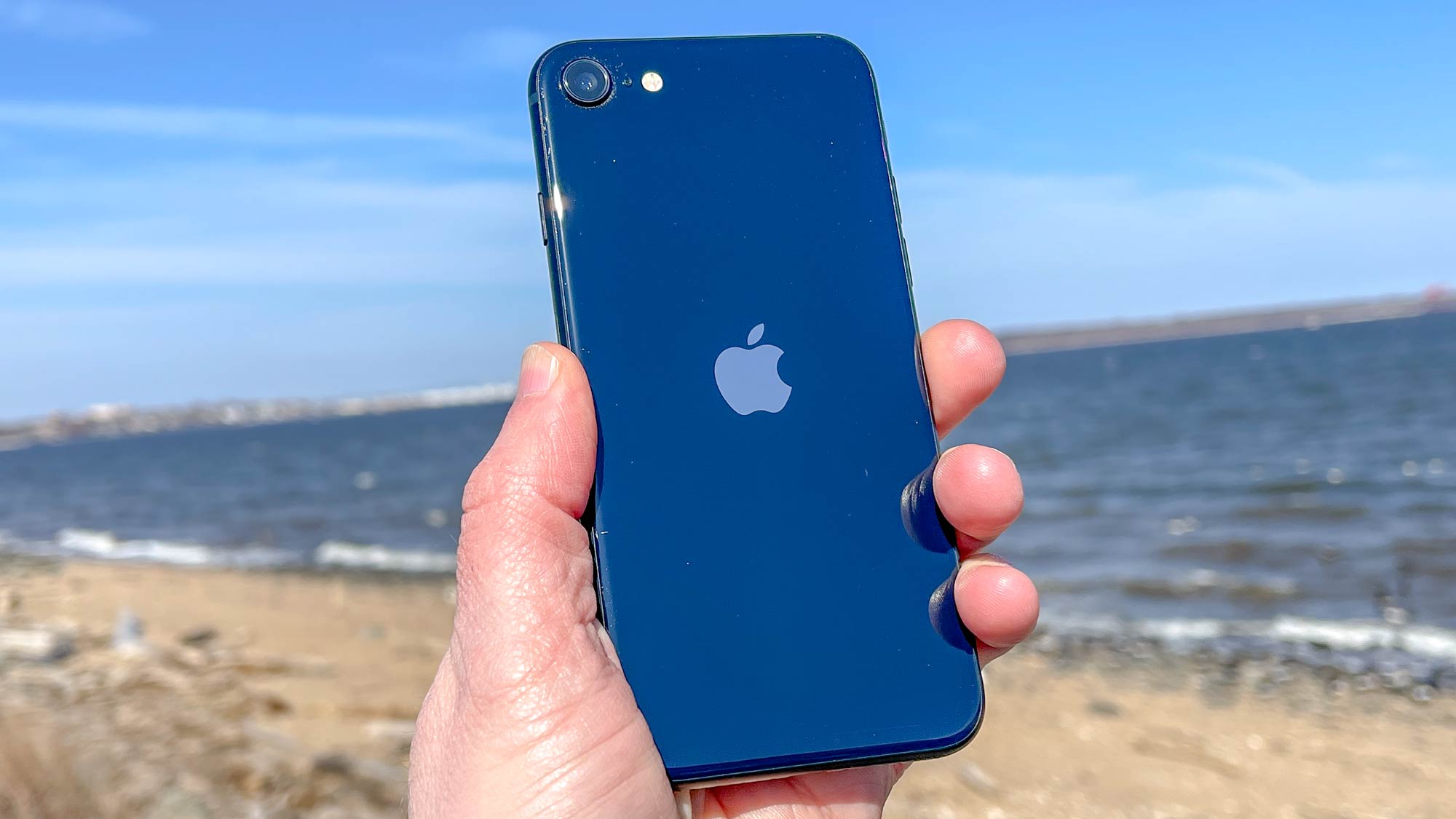
Specifications
Reasons to buy
Reasons to avoid
The iPhone SE (2022) takes cheap phones to the next level of performance by including Apple's powerful A15 Bionic chip. This is the same processor found in the iPhone 13, and it blows all Android phones away, whether you're playing games or editing video on the go.
This chip also gives the new iPhone SE (2022) a number of photography powers that the previous model lacked, including Smart HDR 4, Magic Fusion for better detail and Photographic Styles. In fact, in some scenarios the iPhone SE takes better pics than the Google Pixel 6a, as you can see in our Pixel 6a vs. iPhone SE (2022) face-off. Unfortunately, Apple didn't include Night mode for low-light situations.
The latest iPhone SE features the same design as before, so that means a small 4.7-inch display and big bezels, but some may prefer the old-school Touch ID button for quickly unlocking the device. Despite some trade-offs, the iPhone SE (2022) is one of the best cheap phones around for people who like small phones.
Read our full iPhone SE (2022) review.
Most unique cheap phone
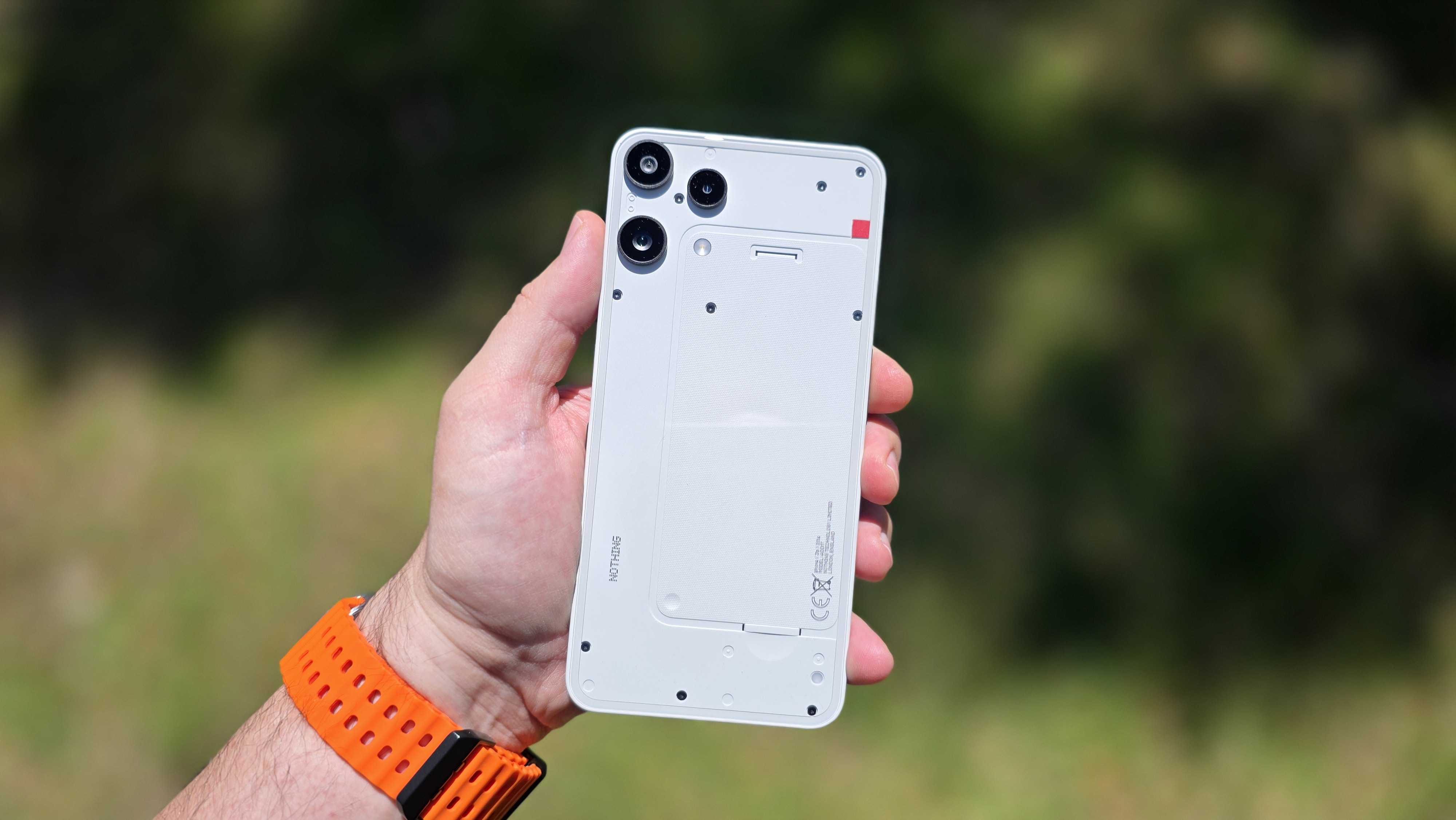
6. Nothing Phone 3a Lite
Specifications
Reasons to buy
Reasons to avoid
Available exclusively via Officeworks in Australia, the Nothing Phone (3a) Lite is a compelling budget-friendly option, making the brand's distinctive transparent aesthetic and unique monochrome OS accessible at just AU$439 — approximately AU$160 less than the standard Nothing Phone (3a).
The (3a) Lite maintains several key visual advantages despite its significantly reduced cost. It features a high-quality 6.77-inch AMOLED display with a 120Hz refresh rate, offering a premium experience for media viewing and scrolling. Although it utilises the MediaTek Dimensity 7300 Pro chipset — a step down from the standard model's Snapdragon 7s Gen 3 — it still delivers snappy daily performance and excellent all-day battery life, powered by a large 5,000 mAh cell.
That said, this is a budget phone, and it’s impossible to overlook a few compromises with this device. For instance, it uses a good bit of lightweight plastic, which makes the build feel a little hollow and less premium than the standard (3a) model. Also, the cool, complex light strips from older models are gone, replaced by a simpler, single-LED Glyph light. Still, if you're into the Nothing look and its standout features, like the Glyph light and Essential Space, this is a fantastic, cheaper way to jump into the brand.
What to look for in the best cheap phones
After you've found a phone at the right price for your budget — that's why you're considering one of the best cheap phones in the first place, after all — consider what features one of these devices has to offer and which ones you're sacrificing for a lower price tag. Battery life, the number and types of cameras, display refresh rate and the type of chipset powering the phone are all ways that cheap phones can distinguish themselves.
In some cases, you'll be able to compare phones to more expensive options to help crystalize what compromises you're making for a lower-cost model.
Generally, one area in which phone makers cut back for budget models is materials. They'll use plastic for the phone's case instead of metal and glass. Cheaper phones may also turn to LCD panels instead of OLED screens, though that's becoming less frequent among some of the best cheap phones running Android.
One other area to consider is software updates and support. We've seen cheaper Android phones either ship with older versions of Android or promise very few upgrades to future versions. Samsung has one of the better upgrade policies with its Galaxy A lineup, and the iPhone remains a standout for usually supporting five years of iOS updates.
How we test the best cheap phones
We evaluate budget-priced phones the same way we do flagships. We perform real-world testing and synthetic benchmarks over several days to evaluate it's performance and value. This includes our own battery test, which involves continuous web surfing over cellular at 150 nits of screen brightness. The devices that make our best phone battery life list tend to last over 11 hours.
In terms of performance, we use Geekbench 5 to measure overall speed and compare versus phones in the same price range. And the same thing goes for GFXBench for graphics testing. We also perform our own video editing/transcoding testing using the Adobe Premiere Rush app to gauge real-world speed.
For evaluating cameras on cheap phones, we will take multiple photos in different conditions and will use other affordably priced phones in the same scenarios in order to make side-by-side comparisons.
For more information, check out our how we test page for Tom's Guide.
Get instant access to breaking news, the hottest reviews, great deals and helpful tips.

Stephen Lambrechts is the Managing Editor of Tom's Guide AU and has written professionally across the categories of tech, film, television and gaming for the last 15 years. Before Tom's Guide, he spent several years as a Senior Journalist at TechRadar, had a brief stint as Editor in Chief at Official Xbox Magazine Australia, and has written for such publications as APC, TechLife Australia, T3, FilmInk, AskMen, Daily Telegraph and IGN. He's an expert when it comes to smartphones, TVs, gaming and streaming. In his spare time, he enjoys watching obscure horror movies on physical media, keeping an eye on the latest retro sneaker releases and listening to vinyl. Occasionally, he also indulges in other non-hipster stuff, like hiking.
- John VelascoSenior Channel Editor for Phones
- Mark Spoonauer
